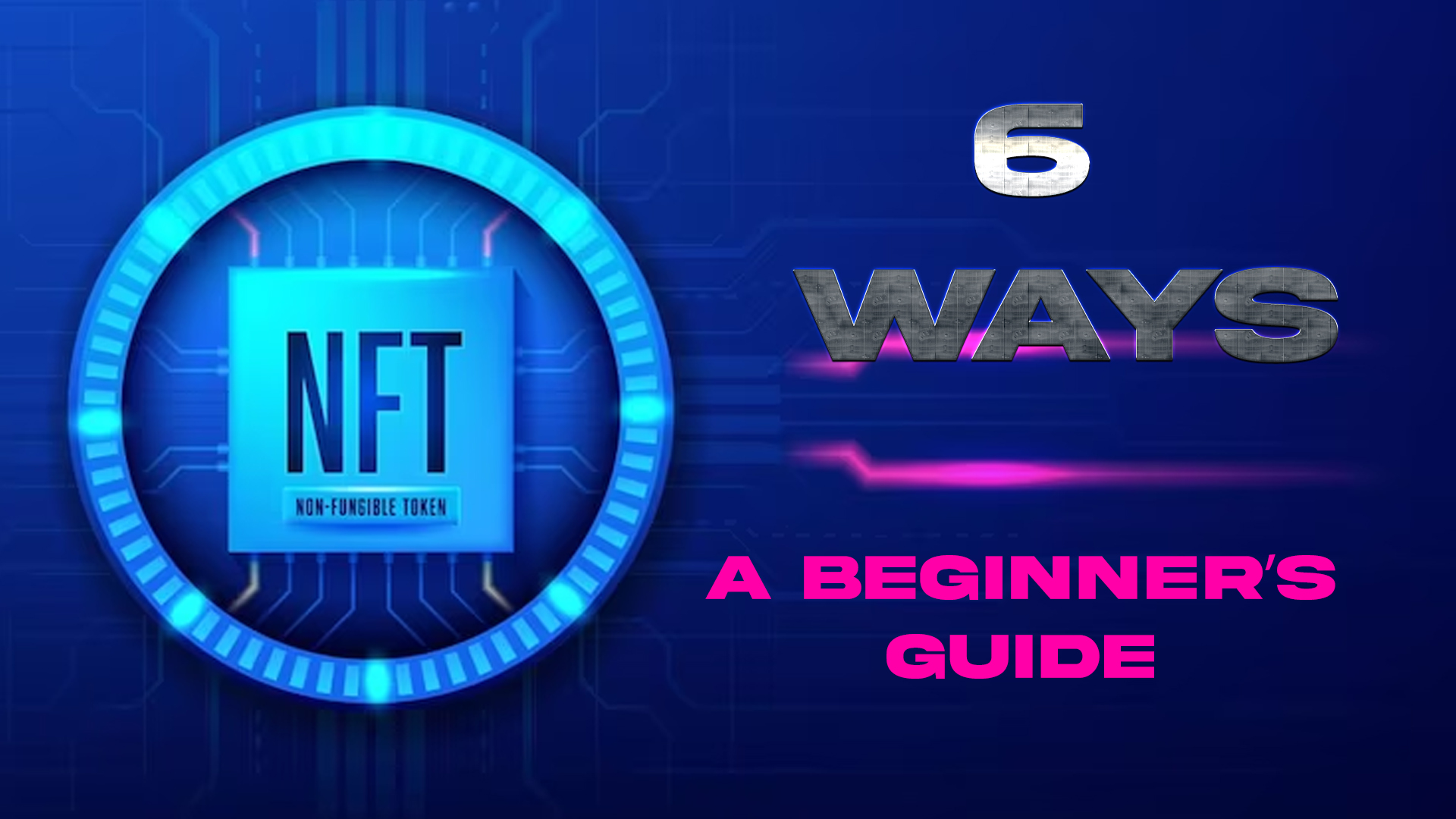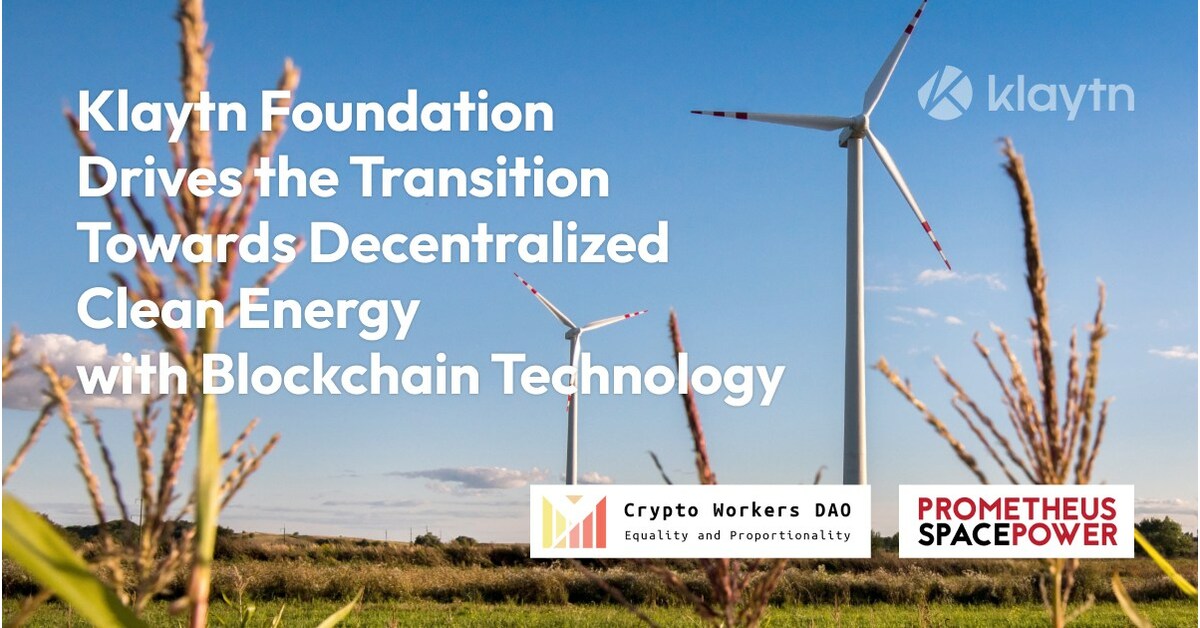What exactly is this new Blockchain version?

Ethereum – the second most popular blockchain after Bitcoin – has continuously derived methods to update its network to be better than its predecessor and major rival.
And after a long wait, the upgraded version launched in mid-September 2022 called “Ethereum Merge”. Originally referred to as Ethereum 2.0, the merger is an upgraded version of the Ethereum network that now uses proof-of-stake consensus.
The upgrade will allow Ethereum to scale its transaction throughput, enable new applications to drive greater utility on the chain, and further reduce costs. Let’s understand how this revolutionary Merge upgrade will gear up to be future-proofed to follow mass adoption.
What is Ethereum 2.0?
Ethereum 2.0 is simply an upgrade to Ethereum’s network. It is a multi-phase project that intends to make the blockchain network faster, cheaper, more accessible, more secure and more efficient.
This upgrade heralded the switch of Ethereum’s consensus mechanism from the Proof-of-Work (PoW) model to the Proof-of-Stake (PoS) model, leading to “Sharding.” Sharding is reportedly the final phase of the Ethereum 2.0 transition that should be completed by 2023.
The transition from Ethereum 1.0 to 2.0 was always in the works, and not a random event. To be honest, you hardly find any unplanned events in the crypto space. Even the rising platform Xbitcoincapex.app admits that no event goes unprepared in the ecosystem.
It started in December 2020 with the launch of the Beacon Chain, which introduced staking and PoS to the Ethereum network. Using the proof-of-stake (PoS) model over the proof-of-work (PoW) model was a huge game changer for the network.
Normally, with the PoW model – which was the primary consensus method used by all networks, starting with Bitcoin – miners use their sophisticated computing power to decipher complicated equations and validate blocks, which are then added to the blockchain. Each block had to be proven unique to prohibit duplication of transactions. This process made the whole PoW process expensive, in terms of financial resources and time to go through.
In addition, blockchain mining uses a lot of electricity which is not environmentally friendly. Then there is the problem of miners being disadvantaged against their competitors, as they do not have enough resources to compete to solve these equations. However, there is the option for miners to cooperate with other miners in a “mining pool” to solve these equations. But the reward is shared between the miners.
With the PoS model, users “validate” transactions (just like PoW mining) by “staking” crypto into the network. The more funds the validators stake, the higher the reward they get for participating.
In this method, the bar is low as long as you have the funds to participate, (and there are other ways to get the 32 ETH needed to stake), unlike PoW which involves having expensive hardware and using large amounts of electricity.
This level of network availability (by Ethereum 2.0) enables better scalability, as more users are connected to the network and validate blockchain transactions. Ultimately, this leads to a higher level of security and decentralization due to the participation of more people.
Using the PoS model also prevents a 51% attack, which is prevalent in PoW models. It simply means when a user commands control of 51% of the nodes and validates transactions incorrectly. Since it is practically impossible to HODL 51% of tokens on the Ethereum network, the PoS model is more secure.
Also read: Proof of Work vs Proof of Stake: Big Takeaways
Generally speaking, upgrading to Ethereum 2.0 will help secure the network and allow participants, collectors and cryptocurrency owners to stake their ETH tokens and earn rewards.
When did Ethereum 2.0 start?
Work on Ethereum 2.0 had started early, as previously mentioned. It can be summarized in four phases:
Phase 0
It started in 2020 with what was called the “Beacon Chain” – which introduced the PoS model to the Ethereum blockchain – enabling users to stake their ETH and become validators. The Beacon Chain did not interfere with the Ethereum 1.0 blockchain, but existed alongside the Ethereum mainnet.
The first phase brought three major technological implementations to the Ethereum ecosystem: the Beacon Chain, the PoS consensus mechanism, and validator nodes.
Phase 1
The next phase was reportedly launched in mid-2021, but it was delayed until early 2022, with Ethereum developers citing unfinished business. In Phase 1, it was supposed to be a merging of the Mainnet into the Beacon Chain, therefore switching the consensus mechanism from PoW to PoS. Miners were expected to take their stakes and stake them to evolve into validators.
In addition, the Ethereum developers intended to introduce “Sharding” in this phase. This is because it has a significant effect in ensuring that the Ethereum network can handle an increased number of transactions.
Instead of settling all operations on just one blockchain, “Shard” chains spread those operations over 64 new chains. This allows parallel processing to reduce the latency derived from linear processing using a single blockchain.
This will always lead to an increase in transaction speed and reduce the load on the network as validators can run their Shards. It will also be easier to process transactions from a hardware area, as there will be reduced data to be stored on a specific machine.
Phase 2
Finally, phase 2 came with the introduction of Ethereum Web Assembly (eWASM). It was designed to make the Ethereum 1.0 network more efficient, a subset of the proposed Ethereum smart contract execution layer.
Ethereum 1.0 was equipped with a Ethereum Virtual Machine (EVM). This software interacts with dApps, evaluates gas fees for each transaction, and calculates the network after each block is added to the blockchain. A fundamental component of the Ethereum blockchain, EVM wears many hats. First, it executes and terminates smart contracts, detecting whether a dApp is deterministic or whether a smart contract is isolated and used by users globally.
As a result of many transactions happening simultaneously on the Ethereum blockchain, the EVM has become slow. Unfortunately, it is difficult to upgrade since it was written in complicated code, i.e. Solidity. So the most likely option was to replace it.
This is where eWASM comes in. It was designed to replace EVM in the Ethereum hierarchy. It speeds up the networking process by computing codes quickly, and it is effectively compatible with different coding languages such as C and C++. All of these are poised to make eWASM more accessible to the Ethereum blockchain, which in turn makes the network faster and more efficient.
Phase 3
This phase – a miscellaneous phase – was reserved for any additional upgrades that might have been necessary before Ethereum 2.0 was fully launched. For example, creating additional Shard chains to add to the original 64 chains, increasing privacy on the network or improving the overall technology of the blockchain.
It was estimated that each phase of Ethereum 2.0 would require approximately six to eight months to come to full fruition. True, the long-awaited Ethereum merger finally arrived, in mid-September 2022. However, the Ethereum Foundation noted that the full transition to Ethereum 2.0 would happen in 2023, as the network was very dynamic and constantly evolving.
Also read: What Happens After the Ethereum Merger?
Why Switch to Ethereum 2.0?
Over time, the Ethereum network was faced with some limitations that affected its efficiency such as scalability, availability, and security.
At times, users had to pay over 100% in gas fees and surcharges just to go through minimal transactions. Also, the network struggled to approve transactions quickly.
All of these necessitated the need to improve the blockchain network to achieve an expansive level of investor adoption. This is because Ethereum finds use in dApps – which are beneficial in governance, supply chain, finance, education, etc.
Therefore, Ethereum developers – led by its creator, Vitalik Buterin – established a proposed upgrade (Ethereum 2.0) and worked towards it. It is simply the transition of Ethereum’s consensus mechanism from a proof-of-work (PoW) model to a proof-of-stake (PoS) model.
This was in hopes of reducing the blockchain’s energy consumption by 99%, making the network faster, more scalable and safer to use.
What are the benefits of Ethereum 2.0?
In the past, Ethereum was held back by some technical limitations, but all of these changed with the advent of Ethereum 2.0. These are the benefits:
Less computing power, more environmentally friendly
Unlike the proof-of-work (PoW) model that involves the use of sophisticated power to solve complex equations, the proof-of-stake (PoS) model – which Ethereum 2.0 uses – does not require such. This in turn makes it more environmentally friendly as a single PoW transaction is said to consume as much energy as an average American household in a week. Moreover, it is said that the hardware also generates electronic waste.
Increased scalability and efficiency
Ethereum 1.0 calculated around 25 to 30 transactions per second, but Ethereum 2.0 is said to handle 100,000 transactions per second. This increased scalability is possible due to the Sharding technique.
Sharing allows Ethereum to store and access data, plus “Shard chains” will be used in transactions making it reportedly 64 times faster than the previous blockchain version.
Make ETH a more deflationary asset
Due to the merger, the issuance of Ether as block rewards will be significantly reduced. About 13,000 ETH are reportedly mined daily. The number will be reduced to 1600 ETH daily as a result of the merger. All of this will ensure that less ETH is in circulation, thus reducing the quality of inflation.
Higher security level
Ethereum 2.0 needs a minimum of 16,384 validators, enabling a decentralized network and thus securing the blockchain, by reducing the attack surface area. This prevents a 51% attack from occurring on the network.
More network participation
With lower hardware requirements, more people can participate in Ethereum 2.0. By using Sharding, validators do not need to store data on their own. They may instead use computer techniques to verify that the data has been made usable by the network. Also, more users can join the staking process – provided they have 32 ETH to lock in – thus increasing network participation.
Reduced costs
With the PoW model, there were high costs for hardware equipment, gas taxes and electricity bills. All of these are not present in Ethereum 2.0, as the PoS model does not require as much hardware (with Sharding) and does not need to pay miners gas fees, as the validators who own ETH secure the network indirectly.
What are the risks of Ethereum 2.0?
The Ethereum merger is the most important upgrade to a blockchain network, and it does not come without risks:
Possible fraud
Some crypto-related organizations pretend that ETH (Ether) was what was updated to Ethereum 2.0, calling it “ETH 2.” This is an attempt to trick users into exchanging ETH with so-called ETH 2.
Feasible drop in ETH value
If things go wrong after the merger, it’s possible that the value of ETH will drop, as well as other cryptos built on the Ethereum blockchain.
Also read: Ethereum Price Prediction 2023: Can ETH Reach $2500?
What is the future of Ethereum?
The core of an updated Ethereum network (Ethereum 2.0) is to enable it to process more transactions quickly while being secure and accessible.
With the transition to a PoS model from the PoW model and the rise of Sharding, expectations – from industry experts and enthusiasts alike – are high. The merger is expected to have an all-encompassing impact on the DeFi space. But time will tell what will happen.
























